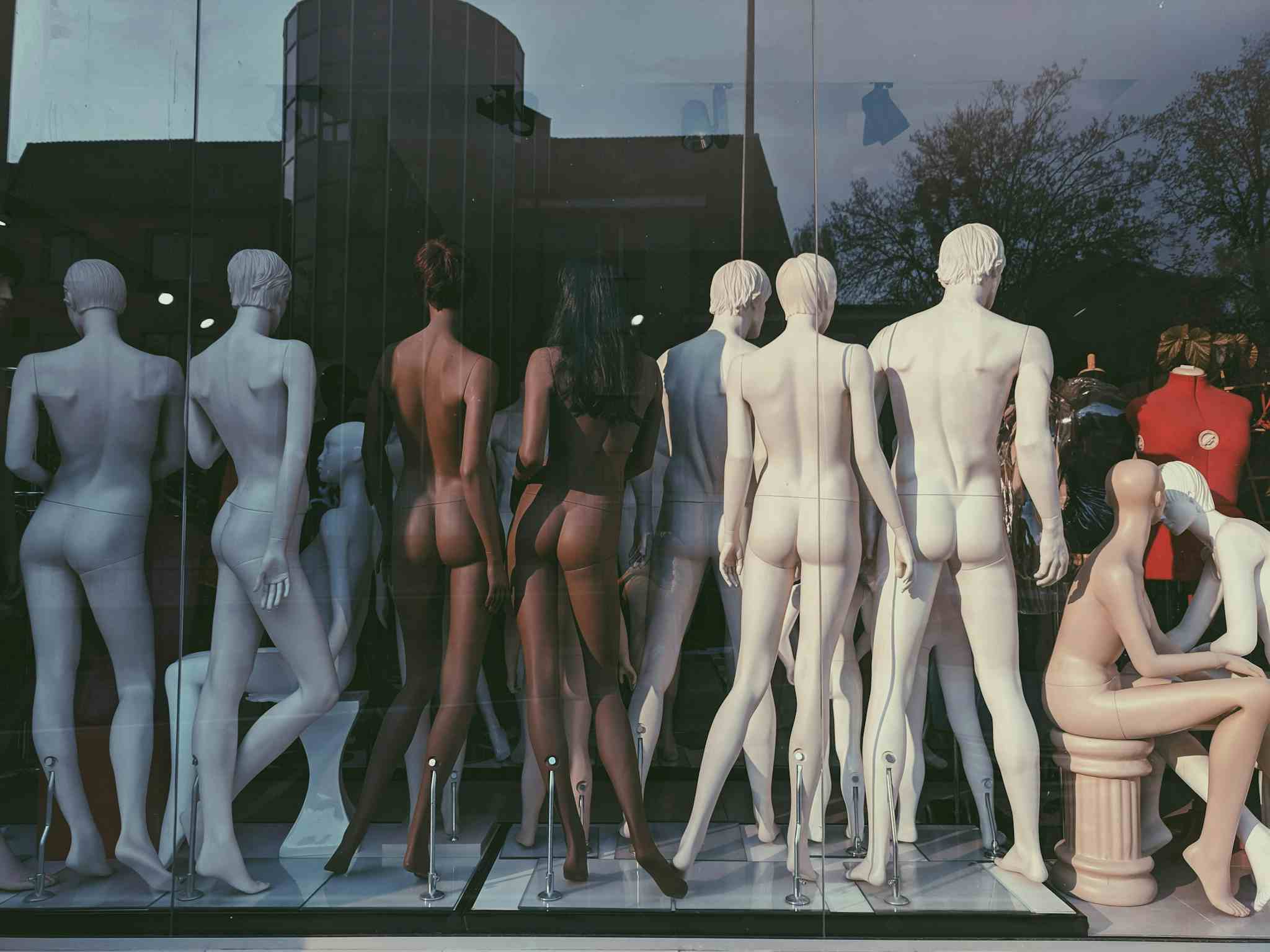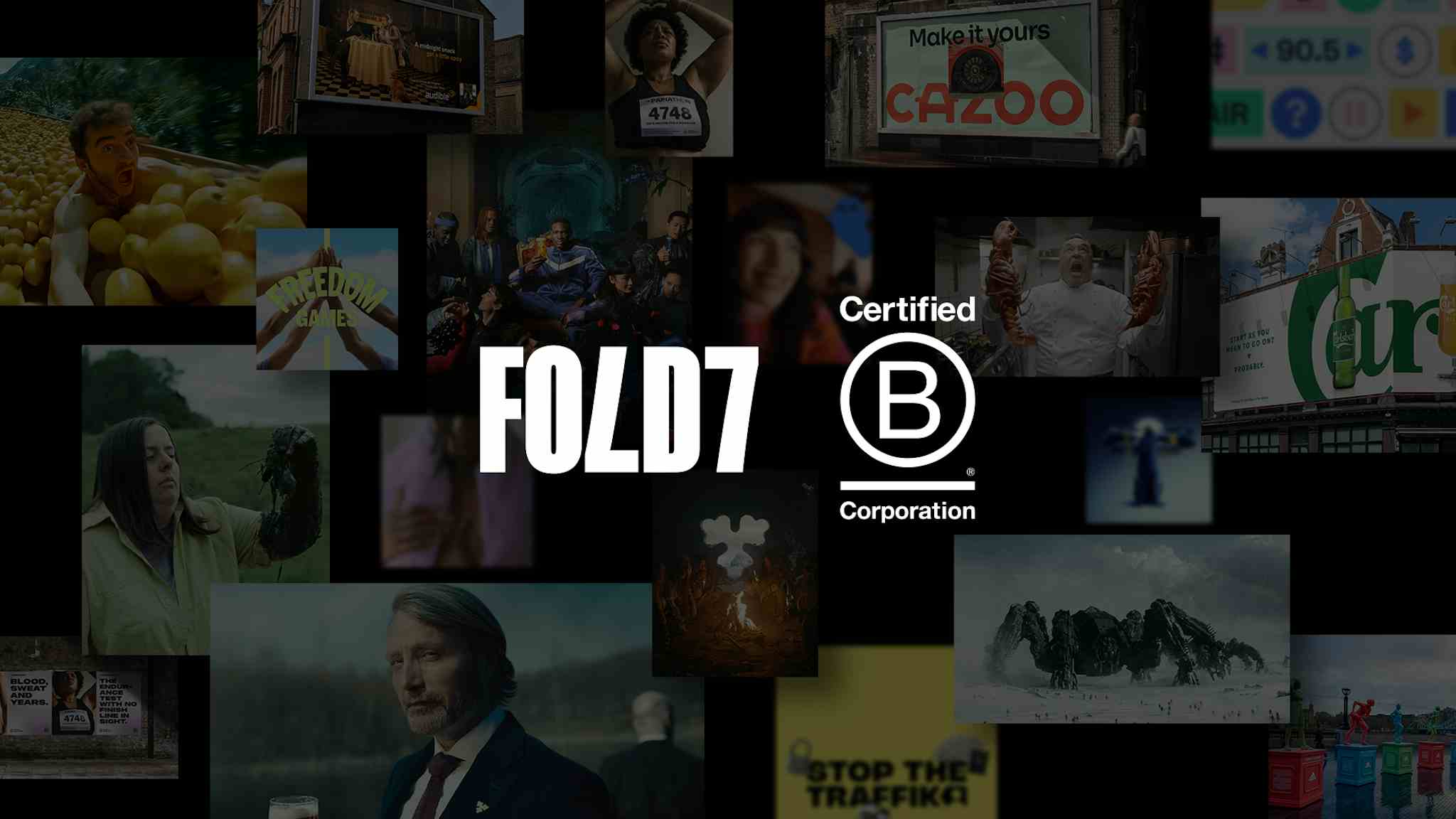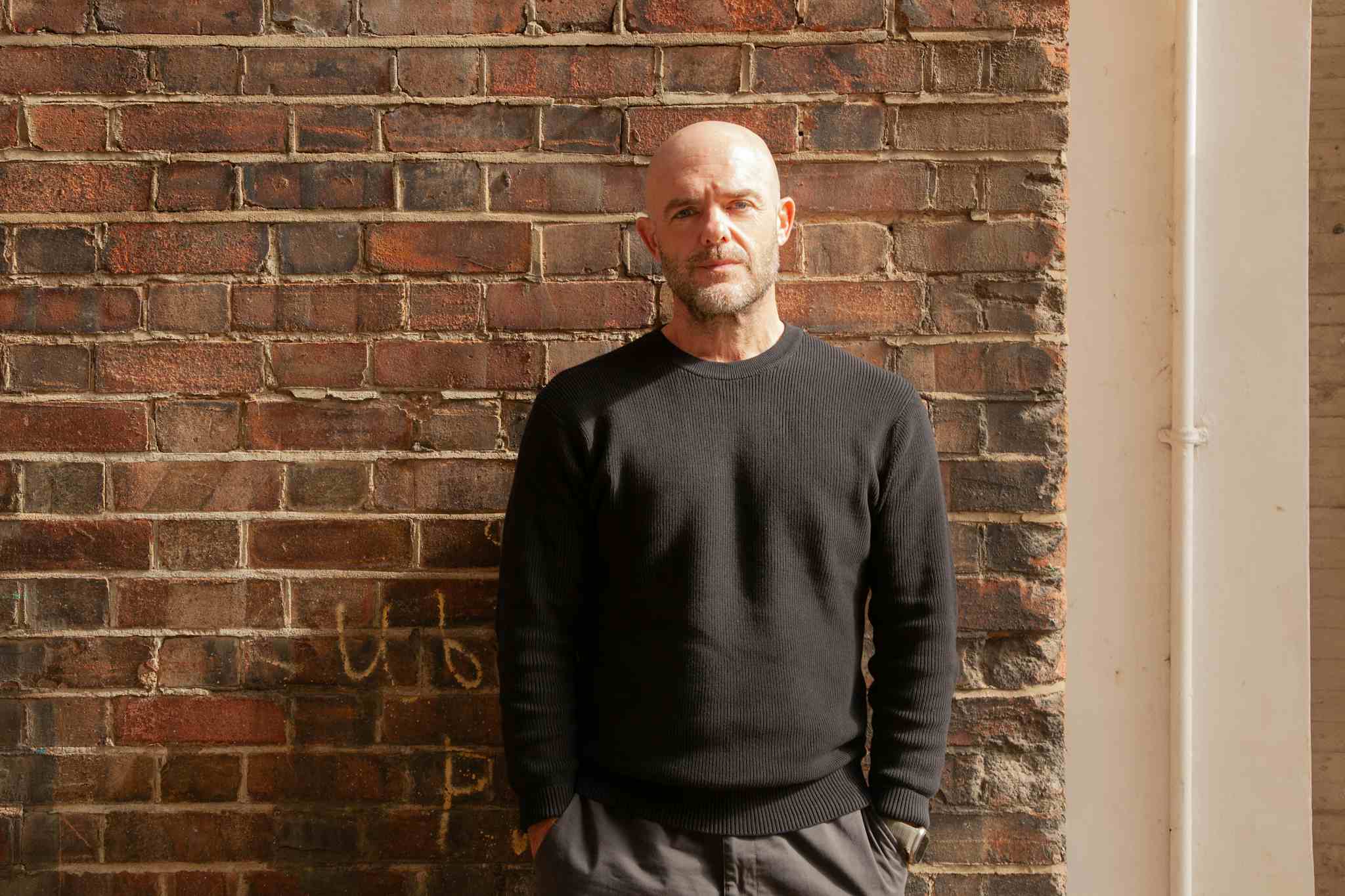

Under-representation is a problem for everybody
The evidence to support better representation of bodies in advertising has never been stronger. The notion of the idealised body is being challenged more and more, with celebrities like Jameela Jamil campaigning against unrealistic body images. But we need more than a movement that inspires a small group. We need everyone to take responsibility, starting with ourselves in the ad industry.
Here, we take a look at recent studies that have revealed the importance of representation and the overwhelming need for brands to make body inclusion a priority, what happens when we don’t, and some actionable take-outs for advertisers and media owners.
In the UK, 71% of consumers believe that health and beauty brands should promote body positivity by using models of all shapes, colours, ages, sizes, and abilities to be more reflective of the people who are buying the products. And, whether or not a brand is actively promoting the true diversity of their communities is something considered by 65% of consumers at the point of purchase. (Sources: Kantar, 2021 & Professionalbeauty.com, 2022)
True diversity is about more than superficial representation – it means committing to diversity sincerely.
Rihanna’s Fenty Beauty is one great example of a brand that gets this right. With its ‘beauty for all’ mission, it has highlighted the importance of inclusive marketing, which has jolted the industry and shifted the beauty landscape. Its immersive, shoppable Savage X Fenty fashion shows streamed on Amazon Prime feature inclusive products and inclusive casting.
Durex is another brand making a stand. Its #MySexMyWay campaign, built around the largest ever UK LGBTQ+ sex survey, was all about getting closer to the real consumer experience by hero-ing the LGBTQ+ community and gauging the barometer on LGBTQ+ sex education.
Now more than ever, consumers recognise the power of their purse and are highly sceptical of brands that act insincerely to win their purchase. This makes authenticity key.
One brand that recently got this wrong is Victoria’s Secret. In 2021, it swapped out its Angels – fashion models who’ve walked in the brand’s Fashion Show since its inception – for women famous for their achievements. But the switch did them no favours as no one bought the 180-degree turn. In fact, the brand’s revenue for 2023 is projected to be down £1.1bn since 2020. The false atonement of past sins was, frankly, too little too late.
Another brand that missed the mark is Gillette when, in response to the #MeToo movement, it attempted to tackle toxic masculinity in a US ad campaign. Its call for men to hold each other to a higher standard and speak out when they see other men acting inappropriately towards women triggered an intense social media backlash with some claiming it was insincere and virtue signalling.
Misstepping on inclusion in these moments can have a profound impact on brands because of how big the issue is for so many people.
Under-representation of diverse bodies has a threefold negative effect: it affects how people feel about themselves, which in turn affects their mental and physical well-being. But, at a higher level, it has a negative effect on societal tolerance as we are denied exposure to the beauty of our differences.
Not being represented in the world around us, particularly in media deemed ‘aspirational’, makes individuals feel ‘less than’, undesirable and unworthy of being seen. It fosters a lack of self-worth which is destructive on many levels – not least in the relationship we have with our health. When we don’t feel good about ourselves, we are more likely to eat junk food and sugary snacks and are less likely to do things to keep our bodies healthy – such as taking prescribed medication and exercise.
Yet 85% of the women we see in advertising are white and thin with shiny hair and blemish-free skin.(Source: Marketing Week.com, 2021)
Consumers’ need for broader representation is clear in what they search for online: user logs revealed that over half of fashion searches relating to body-specific attributes referenced “plus size” across several large English-speaking countries over the past year.
In order to build towards inclusion, we must first course-correct by overcompensating/positively discriminating (in a sincere way that makes sense for our brands) for the history of toxic, narrow, body-shaming imagery in popular culture.
Many people are still left out of the body positivity movement – perhaps most symbolically, many of the people who created it: fat women, particularly women of colour. In some ways, the movement, in its failure to be truly inclusive has created a new standard of beauty for ‘acceptably fat’ women: “beautiful women with extreme hourglass shapes, typically white or light skinned, with small waists, big hips and high cheekbones”.
Moreover, even when women of diverse body types do feel reflected in advertising, 25% of them believe it portrays them negatively.
Beyond women, there are other hidden demographics who are often left out of the body positivity movement:
- The majority of men (54%) displayed signs of body dysmorphic disorder (BDD), compared to 49% of women.
- Gay and bisexual men have disproportionately more body image concerns when compared to straight counterparts.
- In general, we see very few ads that feature people with disabilities, or members of the LGBTQI+ community, despite them making up around a quarter of society.
(Source: YouGov Study, 2019 & Kantar 2021)
Advertising is largely about building desirability. It is our duty to right the wrongs of the past and set a new standard for diverse representation. Brands are being held accountable and those that take this seriously will be rewarded.
Three things to think about in your day-to-day:
- Check your bias: Include prompts in your brainstorming sessions to check for bias to guard against it, and to ensure cultural sensitivity
- Sense check: Research with real people who have lived experience of under- or mis-representation to validate creative work
- Understand the rightful role you should play: Every category/brand will have a different level of accountability to this topic. Understanding yours will dictate the appropriate and necessary response. Should your contribution be explicit or implicit? Is it simply broader representation in casting or is it a bigger, broader brand initiative? Start with a strategic assessment of the power you have to drive change and plot your course to living it authentically.
This think piece first featured on www.warc.com
More Suggested Articles
Sign up to hear
more from us.
We'll add you to the mailing list so you can read our
latest news, views and cunning ideas.





